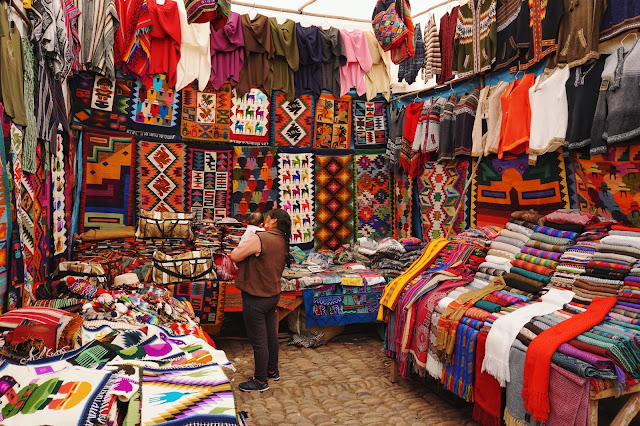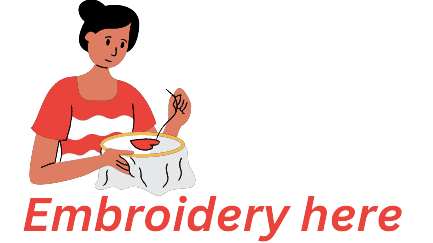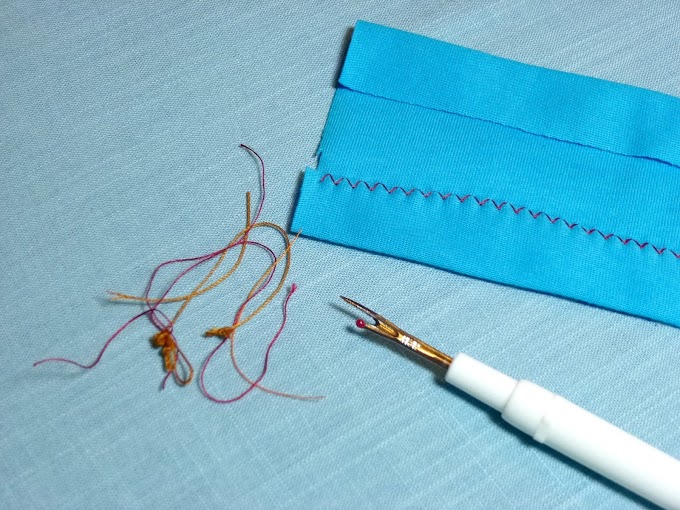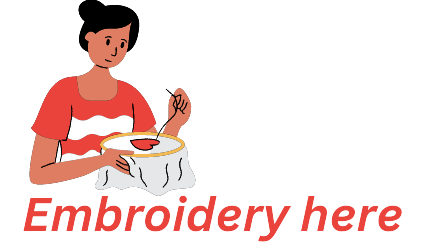 |
| Photo by Peter Livesey on Unsplash |
1. Cotton
.jpg) |
| Photo by Mia Moessinger on Unsplash |
Cotton is one of the most popular and versatile fabrics for embroidery. It is soft, breathable, and easy to work with. Cotton comes in different weights and weaves, such as muslin, quilting cotton, broadcloth, and canvas. You can use cotton for almost any embroidery project, from clothing to home decor.
2. Enchanting Linen: Earthy Charm Meets Embroidery Brilliance
 |
| Photo by Annie Spratt on Unsplash |
Linen, known for its durability and textured appeal, provides a remarkable backdrop for intricate stitchery. Embrace the rustic elegance of linen fabric as it beautifully showcases both traditional and modern embroidery designs.
3. Radiant Raw Silk: Timeless Sophistication for Embroidery Artistry
.jpg) |
| Photo by Susan Wilkinson on Unsplash |
Unleash opulence with raw silk, renowned for its rich texture and natural luster. Embroider intricate designs on this luxurious fabric to create captivating pieces that blend history with contemporary finesse.
4. Wool
 |
| Photo by engin akyurt on Unsplash |
Wool is a warm and cozy fabric that is excellent for embroidery. It has a thick and fuzzy texture that creates a rich and dimensional effect on your stitches. Wool is also durable and elastic and can retain its shape and color well. Wool is ideal for embroidery projects that need a cozy and rustic feel, such as blankets, sweaters, and hats.
5. Felt
 |
| Photo by engin akyurt on Unsplash |
Felt is a non-woven fabric that is made by compressing wool or synthetic fibers together. It has a smooth and even surface that is easy to cut and stitch on. Felt is also soft and flexible and can be molded into various shapes and forms. Felt is suitable for embroidery projects that need a fun and whimsical style, such as ornaments, toys, and appliques.
6. Aida
 |
| www.happylittlestitchshop.com |
Aida is a special fabric that is designed for cross-stitch embroidery. It has a grid-like structure that consists of evenly spaced holes that form squares or rectangles. Aida makes it easy to count your stitches and create neat and uniform patterns. Aida comes in different counts (number of holes per inch) and colors, depending on your preference and project.
7. Evenweave:
 |
| www.studio-koekoek.com |
Evenweave is another fabric that is designed for counted-thread embroidery techniques, such as cross-stitch, blackwork, and Hardanger. It has a smooth and regular surface that consists of evenly woven threads that form squares or rectangles. Evenweave allows you to create precise and intricate patterns on your fabric. Evenweave also comes in different counts (number of threads per inch) and colors.
8. Canvas
 |
| www.thefabricmanufacturer.com |
Canvas is a sturdy and durable fabric that is ideal for needlepoint embroidery. It has a coarse and stiff texture that consists of interlocking threads that form an open mesh. Canvas provides strong support for your stitches, especially when using thick yarns or threads. Canvas also comes in different mesh sizes (number of holes per inch) and colors.
9. Opulent Organza: Enhancing Your Embroidery with Sheer Elegance
 |
| Photo by OneYard Fabric on Unsplash |
Explore the delicate allure of organza, a lightweight fabric perfect for enchanting floral motifs and ethereal overlays. Unlock its intricate weave and subtle shimmer to elevate your embroidery projects with an ethereal touch.
10. Satin
 |
| www.silverbobbin.com |
Satin is a glossy and smooth fabric that is stunning for embroidery. It has a lustrous surface that contrasts beautifully with your stitches, creating an eye-catching effect on your fabric. Satin is also soft and fluid, creating elegant shapes on your projects. Satin is suitable for embroidery projects that need sleek and sophisticated styles, such as bags, jackets, and accessories.
FAQ: 10 Best Embroidery Fabrics for Sewing Projects
1. What are the best embroidery fabrics for sewing projects?
Explore a range of top-notch embroidery fabrics, including opulent opalescent fabrics, linen for durability, velvety textiles for a luxurious touch, delicate sheer fabrics for an ethereal look, shimmering silk, versatile classic cotton, glamorous metallics, delightful denim, organically opaque fabrics for bold designs, and artistic Aida cloth for precise cross-stitch embroidery.
2. How do I choose the right embroidery fabric for my project?
3. Which fabrics are best for intricate embroidery designs?
Fabrics like linen, silk, and Aida cloth are excellent choices for intricate embroidery due to their smooth surfaces and ability to showcase fine details. Their stability and suitability for various stitching techniques make them ideal for creating visually stunning and precise designs.
4. Can I use different fabrics for different embroidery projects?
Absolutely! The choice of fabric depends on the desired outcome and the specific project requirements. Different fabrics offer unique textures, sheens, and characteristics that can enhance the overall look and feel of your embroidery. Feel free to experiment and choose fabrics that align with your creative vision.
5. Where can I find these embroidery fabrics?
You can find a wide selection of embroidery fabrics at fabric stores, specialty embroidery shops, and online marketplaces. Look for reputable suppliers and retailers that offer a variety of high-quality fabrics to ensure you have access to the best options for your sewing projects.
6. How can the right embroidery fabric enhance my sewing projects?
The right embroidery fabric acts as a foundation for your stitches, providing the ideal backdrop to showcase your designs. It can enhance the overall visual impact, improve stitching ease, and contribute to the longevity of your embroidered creations. Choosing the best fabric for your project ensures that your work stands out and reflects your artistic vision.
7. Can I mix different fabrics in a single embroidery project?
Absolutely! Mixing different fabrics can add visual interest and create dynamic contrasts within your embroidery. You can combine fabrics with different textures, colors, and sheens to create unique and captivating designs. Just ensure that the fabrics you choose work well together and complement the overall aesthetic you're aiming for.
Remember, selecting the right embroidery fabric is essential to the success of your sewing projects. By considering the characteristics and qualities of different fabrics, you can elevate your embroidery to new heights and create stunning masterpieces that leave a lasting impression.

%20(1).webp)
%20(1).webp)
.png)


